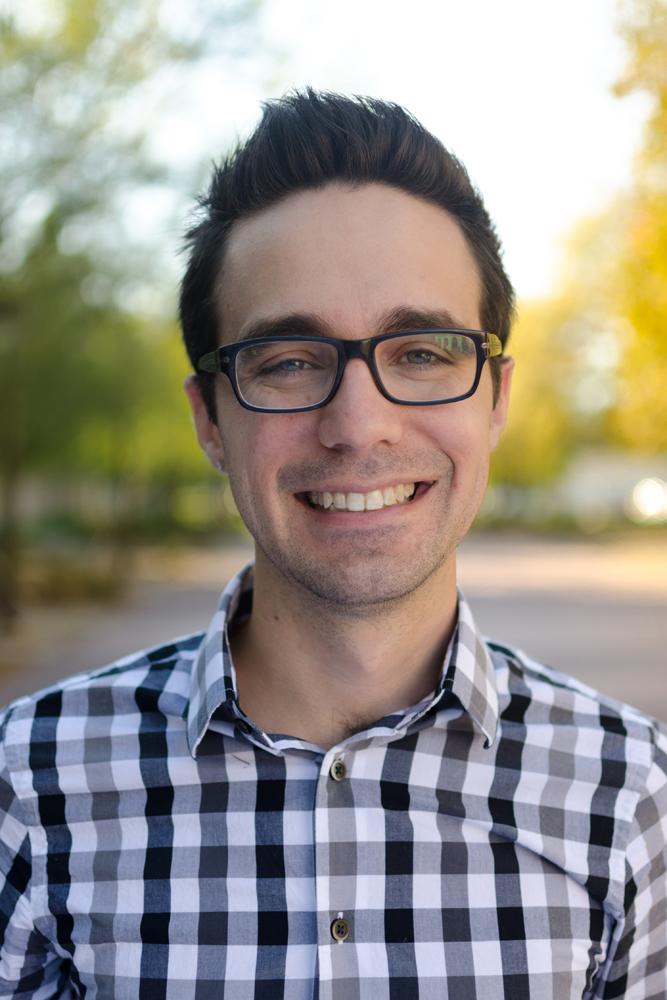Justin H. Wilson
Assistant Professor. Department of Physics and Astronomy & Center for Computation and Technology, Lousiana State University. Baton Rouge, LA.

293 Nicholson Hall,
Dept. of Physics & Astronomy,
Louisiana State University,
Baton Rouge, LA 70803
I am a theoretical and computational condensed matter theorist with a diverse set of interests from quantum materials to quantum information and analog gravity.
My general philosophy to physics is well summarized by the late Phil Anderson’s famous article More is Different. Fundamental to our understanding of the universe is how matter interacts to create materials and phases; quantum mechanics and field theory underpin this understanding and is a key point of study within condensed matter theory.
I received my Ph.D. in 2015 with Victor Galitski, did a first postdoc at Caltech with Gil Refael, and a second at Rutgers with Jed Pixley. In 2021, I joined the faculty at Louisiana State University as an Assistant Professor.
Some of my research interests include:
- Quantum materials: The simulation of both toy- and real-models of quantum materials such as Weyl semimetals, topological insulators, and layered quasi-2d materials such as graphene. In particular, how can disorder and incommensuration fundamentally alter the physics in the system. The physics of non-interacting electrons as well as potential correlated phases implied by band reconstruction.
- Dynamical phases of information: Two fundamental aspects of quantum mechanics, entanglement and measurement, can be used to reveal new phases that exist in a steady state far-from-equilibrium. I am trying to understand and characterize this new frontier of quantum phases and transitions with a variety of numerical and analytical techniques. This use of entanglement and measurements makes these phases potentially important to quantum computation and information: revealing phases that can retain information despite local measurements.
- Topology out-of-equilibrium: Can the dynamics of systems reveal novel topological phases or completely new dynamical phases? I work with topological systems out-of-equililbrium to uncover (1) how topology can be understood when its not just a property of the filled, equilibrium bands and (2) what observable consequences this has.
- Analog gravity: Quantum field theory in curved space famously has helped us understand quantum aspects of black holes and the inflationary universe, along with other phenomena. However, this same math can be used to understand phenomena in low-energy systems (including cold-atomic clouds, nonlinear optics, and the hydrodynamics of water). I am interested in understanding how we can understand new and old phenomena with the lens of analog gravity, and importantly, how quantum field theory works in a system which can be experimentally controlled and whose constituents we know precisely. For instance, the Hawking effect can be recast in a superfluid as the spontaneous creation of phonons (“quantum” sound waves) between regions of supersonic and subsonic fluid flow.
news
| May 1, 2022 | Analog spacetimes from nonrelativistic Goldstone modes in spinor condensates published in Physical Review A |
|---|---|
| Feb 3, 2022 | Operator Scaling Dimensions and Multifractality at Measurement-Induced Transitions receives Editor's suggestion in Physical Review Letters |
| Dec 29, 2021 | Magnetic Weyl Semimetallic Phase in Thin Films of Eu2Ir2O7 published in Physical Review Letters |
| Dec 26, 2021 | Put together a new website layout. |
selected publications
-
AnnPhysRare Regions and Avoided Quantum Criticality in Disordered Weyl Semimetals and SuperconductorsAnn. Phys. (N. Y.), Dec 2021